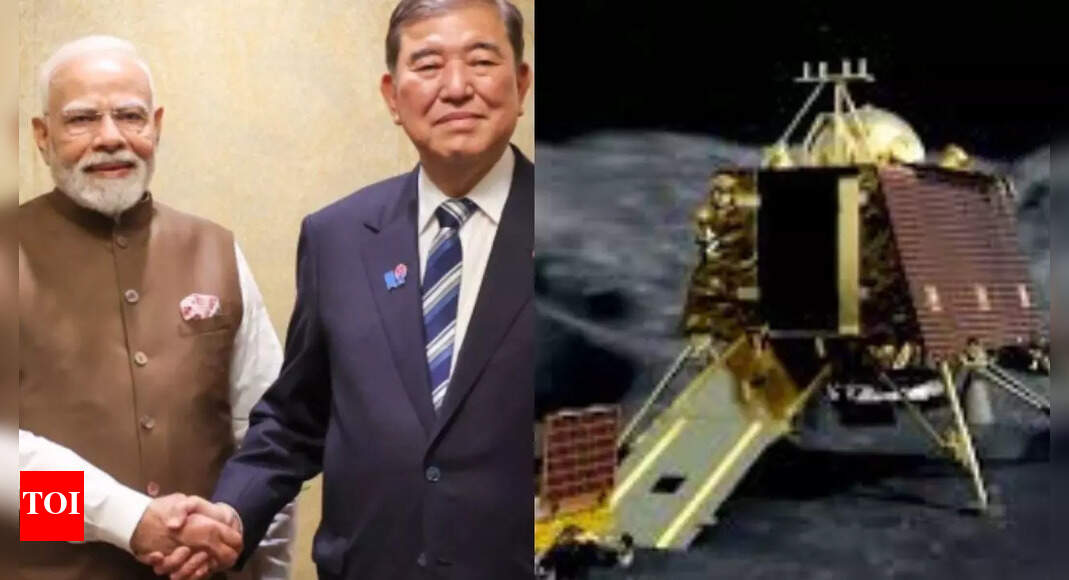Now Reading: India-Japan Collaborate on Chandrayaan-5 Mission to Explore Lunar South Pole
-
01
India-Japan Collaborate on Chandrayaan-5 Mission to Explore Lunar South Pole
India-Japan Collaborate on Chandrayaan-5 Mission to Explore Lunar South Pole

Quick Summary
- Event: India and Japan signed an implementing arrangement for a joint lunar exploration mission,Chandrayaan-5,targeting the Moon’s south pole.
- Signing Details: The agreement was exchanged between Jaxa VP Matsuura Mayumi and india’s ambassador to Japan Sibi George during PM Narendra Modi’s visit to Tokyo.
- Mission Objectives: To map lunar water presence, analyze regolith composition, drill for water quality assessment, and conduct scientific observations with spectrometers and sensors.
- Launch Details: Chandrayaan-5 will be launched onboard Jaxa’s H3-24L launch vehicle. It includes an Isro-developed lander carrying a Japanese-made rover. Seven scientific instruments from global agencies like ESA and NASA will be included.
- Duration: Proposed as a 100-day mission with potential extension up to one year; it aims to explore the moon’s far side.
- Past Achievements Referenced: The collaboration builds on global recognition of India’s chandrayaan-3 success in 2023-India became the first nation to land near the lunar South Pole.
- Technical Coordination Meetings: In May 2023, Isro-Jaxa teams met in Bengaluru for discussions on technical frameworks, implementation plans, and landing sites.
!Prime Minister Narendra Modi with Japan PM Shigeru Ishiba
Indian Opinion Analysis
The signing of the Chandrayaan-5 pact marks another milestone in India-Japan bilateral cooperation. Building upon India’s recent success with Chandrayaan-3, this ambition is not only technological but also symbolic of deeper international collaboration in space exploration. Joint projects like LUPEX underscore both nations’ focus on utilizing space research for practical advancements-mapping critical water resources that could aid future lunar missions or human settlements.
From an economic outlook, this collaboration fosters cross-border innovation ecosystems among industries and startups while advancing shared expertise through government-to-government cooperation (G2G). Strategically placed partnerships such as thes support broader geopolitical goals where nations seek mutual benefits by pooling capabilities rather than independently duplicating efforts.
chandrayaan-5 represents more than science; it echoes aspirations for critical resource identification amidst increasing ambitions of other advanced space programs globally. India’s proactive engagement solidifies its position as a key player at the forefront of peaceful international space exploration agreements fueled by technologically rigorous yet mutually beneficial alliances.


























